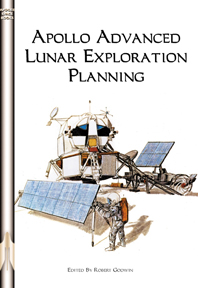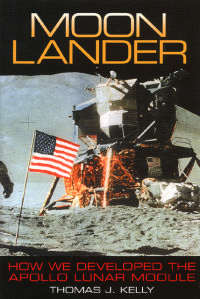 Mars has always occupied a special place in the imaginations of those interested in space exploration. It is not Earth’s nearest interplanetary neighbour – not counting the Moon, that would be Venus – but it is the planet humanity could most easily colonise. At one time, it was thought to be inhabited, and science fiction has populated the Red Planet with a variety of races since the beginnings of the genre.
Mars has always occupied a special place in the imaginations of those interested in space exploration. It is not Earth’s nearest interplanetary neighbour – not counting the Moon, that would be Venus – but it is the planet humanity could most easily colonise. At one time, it was thought to be inhabited, and science fiction has populated the Red Planet with a variety of races since the beginnings of the genre.
A mission to Mars, however, would be an immensely difficult task. There’s the distance, of course – requiring a journey time of between six and eleven months, depending on the type of trajectory chosen: direct, Hohmann or Venus slingshot. Then there’s the fact that humans can’t survive unaided on the Martian surface – it’s too cold, there’s not enough oxygen, and there’s no protection from UV or solar radiation. But these are difficulties which technology and science can overcome.
Michael Collins‘ Mission to Mars is a straightforward discussion of the practicalities, difficulties and possibilities of sending a crewed mission to the Red Planet. In twenty-five chapters, the book covers everything from crew-members practicing how to live on Mars by wintering in Antarctica through to the political reasons for embarking on the mission.
After Apollo reached the Moon, Mars was perhaps the next logical step. Not all of the technology existed to make a Martian mission a reality – as Collins points out in Mission to Mars. He is especially worried about the lack of knowledge in Controlled Ecological Life-Support Systems, or closed-loop life-support systems, which he sees as a vital technology for the trip. Other areas Collins discusses have been researched in the two decades since the book’s publication – long duration stays in zero-gravity, for example. And geopolitics has changed since 1990, too. The USSR no longer exists, and the Cold War is a thing of the past.
There are other areas in which Mission to Mars shows it age. Collins assumes that NASA next big project will be Space Station Freedom. Which never happened. True, we have the International Space Station – but it wasn’t built to the same timetable as Space Station Freedom would have been.
These are forgivable – Collins could not see the future, after all. Mission to Mars covers the basics of sending people to Mars, albeit not in especially great detail. The final chapters recount a fictional mission with an international crew, which launches in 2004. Collins admits that the date is too early, but not because it would be technologically impossible. The mission itself he designs according to what he calls the “Law of Least Astonishment”, which means that some aspects of it seem curiously clunky and old-fashioned – the use of computers, especially.
Collins is particularly adamant that revisiting the Moon would be a waste of time. He still feels the same. Last year at a lecture at the Smithsonian National Air and Space Museum, alongside Neil Armstrong, Buzz Aldrin and John Glenn, he called on President Obama to commit to a colony on Mars, but added that the Moon would distract the nation from reaching Mars. Perhaps Project Constellation might have eventually sent astronauts to the Red Planet. We’ll never know. It’s unlikely Obama’s “Flexible Path” will lead to anybody leaving Low Earth Orbit in the foreseeable future – despite mention of sending astronauts to visit asteroids.
As an introduction to visiting and colonising Mars, Mission to Mars is readable and informative. Sadly, the book does show its age. While Collins’ position – as an ex-astronaut involved with space policy – makes it probably one of the better books on the subject, history and technological progress have overtaken it. But if you’re interested in how a mission to the Red Planet might be achieved, Mission to Mars is a good start.
Mission to Mars, Michael Collins (1990, Grove Weidenfeld, ISBN 0-8021-1160-2, 292pp + index)


